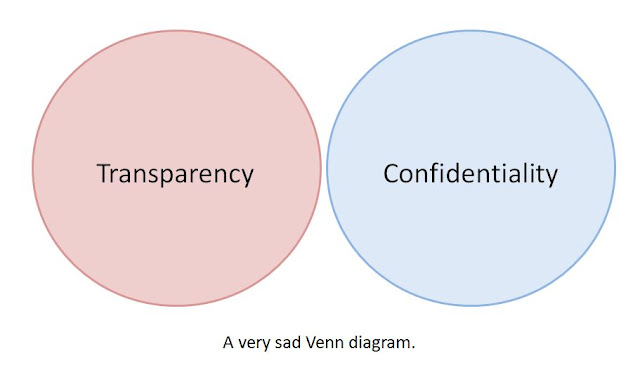Dances with Trolls

Social media can be quite a pox, but for the most part it is a great way to share good information, have a laugh, or connect with others. The problem is that it also can be used by folks with unsavory interests as a tool for personal tear down. The unfortunately hostile nature of social media is what turns many away from participation in important conversations. This is especially true about conversations about vaccines, climate or genetic engineering. So how to fight back? I used to ignore, block or delete hostile trolls. About two years ago I realized that I could take screenshots of their hate and actually use it to curry favor with those I sought to influence. In other words, by exposing their filth, I earned trust. It comes from a position of power. It shows that you are not going to succumb to being a victim, especially from anonymous troublemakers and slander bots. It also suggests that the reason you are targeted is because you have something important to communi












